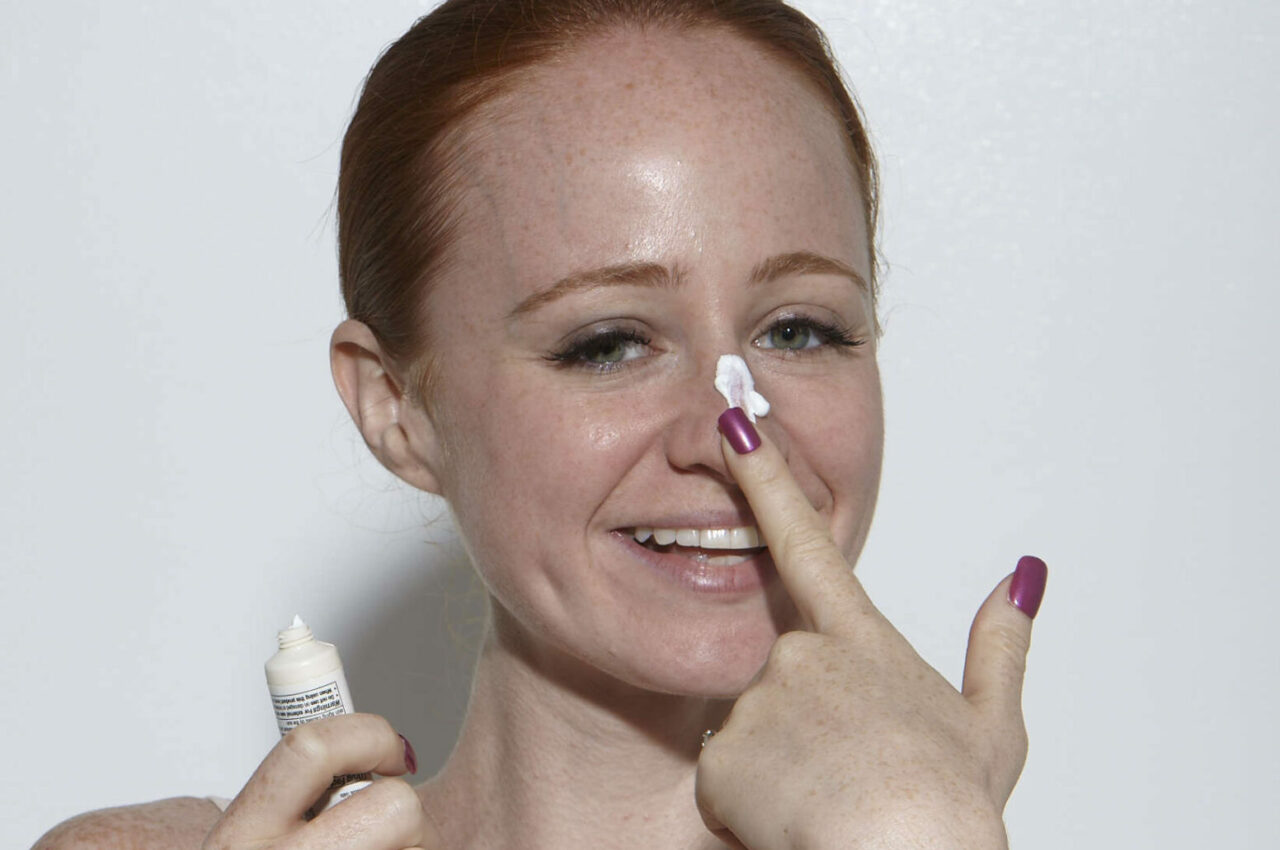Many things differ from place to place around the world. One importance difference is the quality of sun protection worldwide. In the United States, we have quite a large selection of sunscreens to choose from, but you might be surprised to know that many formulas popular in the places like Europe, Asia, and Australia aren’t available in the United States. This is because the Food and Drug Administration (FDA) regulates sunscreen and classifies it as an over-the-counter drug.
What’s different about Europe + Asia?
In Europe, sunscreen is classified as a cosmetic product, which means there’s more access and it can easily be imported from other countries, like Korea.
The reason this is important is that Korea has some of the best sunscreen and skincare in the world. In Korea, and many other Asian countries, sunscreen is not a drug, but also not just a cosmetic. It’s considered a “functional cosmetic” which means there are regulations on the ingredients, but also the approval process is quicker and more effective.
If you love Korean skincare, you may know their sunscreen tends to be very lightweight and contains a lot of ingredients to actually make skin look and feel better while protecting it from the sun. When compared to Korean sunscreen, the sunscreen we have here in the US is often lacking in texture and formula.
Some countries are “worse” than the United States:
Australian sunscreen is the most similar to US sunscreen because they consider it a “therapeutic good” and there is a lot of strict testing. Unlike the United States, Australian sunscreen brands only have to list active ingredients, which can make it hard for those with sensitive skin, like redheads. As redheads, it’s so important that we know what ingredients we are putting on our face and bodies, because certain ingredients may cause irritation.
Sunscreen regulations and formulations can vary between different regions, but some general differences include:
1. Ingredients: The types of active ingredients used in sunscreens may vary. In the US, sunscreens often use chemicals like avobenzone and oxybenzone, while in Europe and Asia, there’s more emphasis on physical blockers like zinc oxide and titanium dioxide.
2. SPF Rating: Sunscreen efficacy is measured by SPF (Sun Protection Factor). The scale is fairly consistent worldwide, but the acceptable labeling and testing methods may differ slightly.
3. Regulations: Each region has its own regulatory standards for sunscreen testing and labeling. For example, the European Union has stricter regulations on UVA protection compared to the US FDA.
4. Formulations: Sunscreen textures, consistencies, and additional ingredients can vary. Some regions may prioritize products that are more cosmetically elegant or include additional skincare benefits.
5. Cultural Preferences: Consumer preferences and needs can influence sunscreen formulations. For instance, Asian sunscreens may focus on lighter textures suitable for humid climates.
6. Packaging and Marketing: Packaging, branding, and marketing strategies can differ based on regional preferences and trends.
It’s important to note that these differences may evolve over time due to advancements in research, changes in regulations, and shifts in consumer preferences. Always check local regulations and choose a sunscreen that meets your specific needs.
When considering sunscreen from a different country, you can follow these steps to help determine if it will work for you:
1. Check the SPF: Ensure the sunscreen has a suitable SPF rating for your needs. Generally, SPF 30 or higher is recommended for daily use.
2. Look for Broad-Spectrum: Make sure the sunscreen offers broad-spectrum protection, which helps shield against both UVA and UVB rays.
3. Check Ingredients: Review the list of active ingredients. Look for familiar ingredients like zinc oxide or titanium dioxide, which are effective physical blockers. If you’re accustomed to specific ingredients that work well for your skin, you may want to prioritize those.
4. Consider Skin Type: Consider your skin type and any specific concerns you have. If you have sensitive or acne-prone skin, for instance, you may want to avoid sunscreens with potential irritants.
5. Research the Brand: Look up the brand’s reputation, reviews, and any information on its formulation and efficacy. Brands with a history of producing reliable sun protection products may be more trustworthy.
6. Regulatory Standards: Check if the sunscreen complies with the regulatory standards of your country. It should meet the basic requirements for SPF, broad-spectrum protection, and any other regulations specific to your region.
7. Patch Test: If possible, do a patch test on a small area of your skin to check for any adverse reactions or allergies.
8. Consult a Dermatologist: If you have concerns or specific skin conditions, it’s a good idea to consult a dermatologist before trying a sunscreen from a different country.
9. User Reviews: Read reviews from other users who have similar skin types and concerns. Their experiences can provide insights into how the sunscreen might work for you.
10. Trial and Observation: Once you’ve selected a sunscreen, start by using it on a small area of your skin and observe how your skin reacts over a few days. If you notice any irritation or other negative effects, discontinue use.
Remember that everyone’s skin is unique, and what works well for one person may not work as effectively for another. It may take some experimentation to find the right sunscreen that suits your specific skin needs.
Rock it like a Redhead!
RELATED POSTS
READ: BUSTED: 7 Myths Redheads Should Know About SPF And Sunscreen



